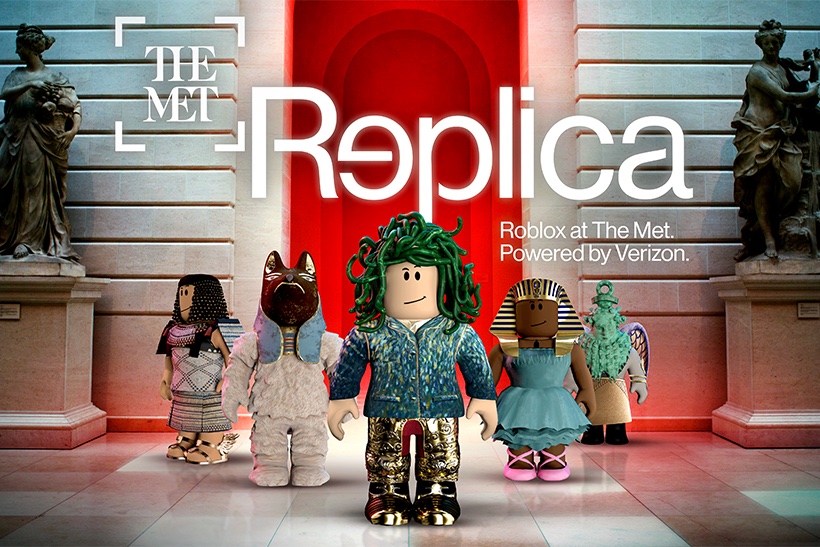Renowned New York-based Metropolitan Museum of Art (The Met) has collaborated with the widely used gaming platform Roblox. The partnership will create a virtual encounter tailored for the museum’s younger viewers.
By partnering with Verizon, Roblox users can obtain digital renditions of well-known masterpieces and historical objects to enhance their avatars. Such renowned art pieces include the legendary Van Gogh’s straw hat, suits of armour, and Egyptian masks.
These virtual wearables, though not equivalent to Gucci‘s digital creations in terms of fashion status, carry profound cultural importance. This innovative endeavour additionally seeks to harness the captivating allure of gaming among today’s young generation. It will allow them to interact with art in a dynamic digital format.
At the core of this involvement lies the “Replica” app, a collaborative creation with Verizon that delivers an enhanced reality encounter. The app functions as a mentor, directing visitors to 37 thoughtfully chosen artworks dispersed throughout the museum.
All of the artworks can be examined by scanning the actual pieces. This strategy bestows users with entry to artistic works that might pose challenges or prove unfeasible to engage with firsthand.
What distinguishes this initiative is the integration of rewards and immersive experiences. When visitors scan physical artworks, from a 16th-century Japanese helmet to Van Gogh’s renowned “Self-Portrait“, they acquire digital wearables for their Roblox avatars.
The partnership goes beyond the app’s quest format, enabling Roblox users to explore The Met’s virtual renditions within the platform. This allows them to personally visit the museum’s iconic Fifth Avenue frontage and interior areas, like the magnificent Great Hall.
Users are even empowered to curate exhibitions by combining their acquired digital wearables and taking snapshots of their avatars against historical backgrounds.

How Are Museums Interacting With the NFT Space?
The Met’s initiative harmonizes with the escalating trend of cultural establishments embracing virtual encounters. For example, the British Museum has collaborated with The Sandbox to establish its immersive realm within the platform, complemented by NFT digital collectibles.
Furthermore, the National Museum Thyssen-Bornemisza of Spain and Olyverse, a metaverse platform facilitating connections between fans and celebrities, have joined forces. Collaboratively, they commenced an exceptional undertaking: Transferring Van Gogh’s renowned masterpieces into the digital realm.
In addition to the other museums, Kharkiv Art Museum, recognized as one of Ukraine’s most precious museums, launched the “Art without Barriers” NFT collection.
We can increase the number of museums dealing with the NFT space and metaverse. Hence, cultural and historical organizations, especially museums, are considering the importance of Web3 technologies.
 Lifted A.
Lifted A.











